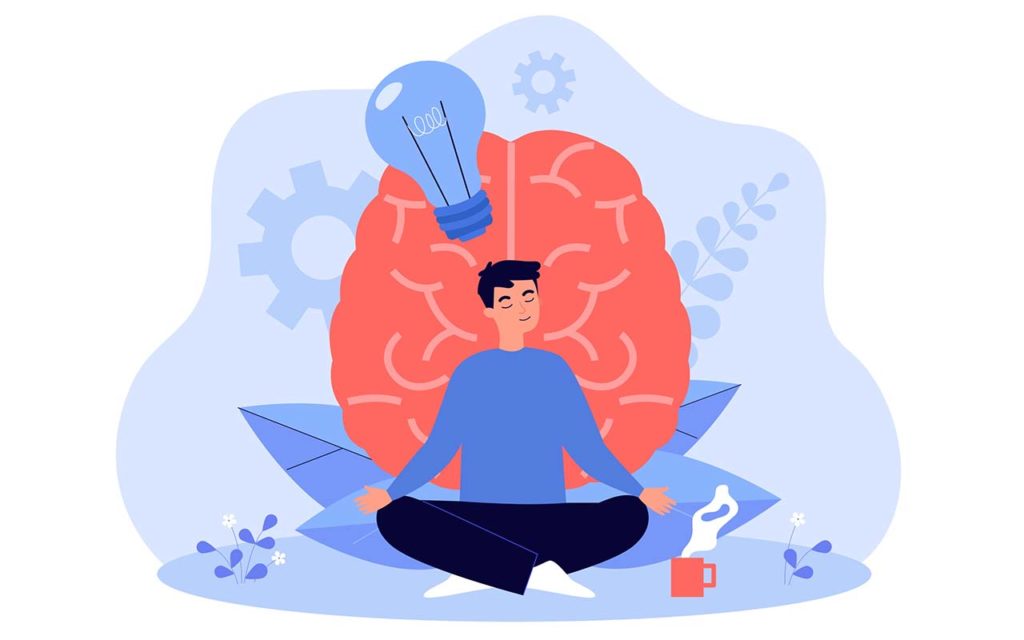The Magic Pill & Dementia

Key Points: Suggestions on how to get active
Please talk to your GP before starting a new exercise regime.
- Just moving a little every 30 to 60 minutes can have profound effects on your physical and mental health, while also reducing your risk of age-associated decline in brain function. Tip: Instead of being sat at your desk all day, after each meeting get up and do a few minutes’ walk.
- You don’t have to run a 5k to get active or become active, just going for a 10-minute walk in the morning and evening is a good starting point.
- Pick an activity that you enjoy and see if a friend or family member wants to get involved. Getting active with a friend or family member can help to get you motivated and stay motivated.
- When first starting out, start off slowly and build the duration and intensity of exercise up over time. This helps to adapt your body over time and reduce the amount of muscle soreness the next day.
- Aim for 30 minutes of physical activity 5 times a week, ensure not to have more than 2 days of rest between exercise sessions.
How does being active reduce our risk of dementia?
There is growing evidence that strongly suggests that physical activity, specifically aerobic exercises, which include; walking, jogging and swimming may offset cognitive declines and reduce dementia risk (1). The second most common type of dementia is vascular dementia which accounts for up to 20% of cases (2).
What causes associated cognitive decline?
There are a number of factors involved in cognitive decline as we age, there are vascular components like arteriolosclerosis, microinfarcts and amyloid angiopathy, which play an important role in neurodegeneration.
How does being active help to reduce these risk factors?
Being physically active has a number of benefits in reducing the risk of atherosclerotic risk factors. This is due to the biomarkers being reduced such as bad cholesterol (HDL), high blood pressure, triglyceride concentration and lower body fat percentage (3).
Regular physical activity has a number of benefits in adults without dementia. Where exercise has been shown to improve memory, attention, and processing speed of information4. This is due to exercise increasing neuroplasticity (1).
What is Neuroplasticity?
Neuroplasticity also known as neuroplasticity is the brain’s ability to adapt in both brain structure and brain function. Neuro refers to neurons which are the information messages that send signals and are the basic units of the nervous system.
References:
- Ahlskog, J.E., Geda, Y.E., Graff-Radford, N.R., and Petersen, R.C. (2011). “Physical Exercise as a Preventative or Disease-Modifying Treatment of Dementia and Brain Aging.” Mayo Clinic Proceedings. 86(9):876-884.
- Labo, A., Launer, L.J., Fratiglioni, L., Andersen, K., Di Carlo, A., Breteler, M.M.B., Copeland, J.R.M., Dartigues, J.-F., Jagger, C., Martines-Lage, J., and Soininen, H. (2014). “Prevalence of dementia and major subtypes in Europe: A collaborative study of population-based cohorts.” Neurology. 54(11): S4-S9.
- Al-Mamari, A. (2009). “Atherosclerosis and Physical Activity.” Oman Medical Journal. 24(3):173-178.
- Smith, P.J., Blumenthal, J.A., Hoffman, B.M., Cooper, H., Strauman, T.A., Welsh-Bohmer, K., Browndyke, J.N., and Sherwood, A. (2010). “Aerobic Exercise and Neurocognitive Performance: A Meta-Analytic Review of Randomised Controlled Trials.” Psychosomatic Medicine. 72(3):239-252.